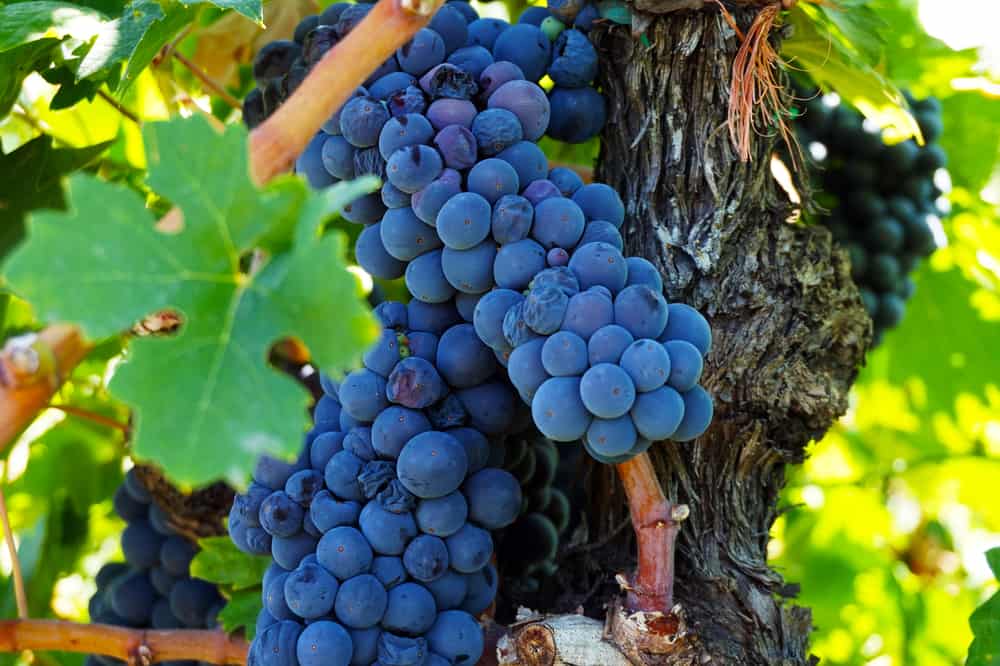Have you ever wondered, as you sit on this hot August day eating delicious ripe grapes from California, when exactly is grape season and how is it possible that we are able to eat delicious grapes all year round?
The California grape crop is most abundant in Northern California where the cool, arid conditions are perfect for growing delicious grapes to be harvested as fresh fruit or turned into delicate wines. Given the area’s ideal weather conditions, grape season lasts from May 25th all the way to December 15th. Though Southern and Central California are also suitable conditions to produce grapes, the environment is not nearly as ideal, rendering a harvesting season of only a few months: July 10th to October 15th.
Americans can boast a relatively long grape harvest season which allows us to enjoy them during the hot summer months. Our grape season doesn’t cover the months from mid-December to mid-May, yet we never face empty grape aisles in the grocery store. How can that be? It is thanks to reefer containers and international shipping of course.
During the California grape down time, grapes are imported into the U.S. from South America.
Chile is the largest supplier of grapes to the U.S. due to its similar cool, arid conditions and its summer season conveniently occurring at the time when North America is experiencing its winter. Only the grapes of superior quality will be exported, which still leaves an ample selection of grapes given that Chile has labored to perfect the quality and variety of their grapes, offering over six different kinds from the well-known Timpson seedless to the festive Sweet Celebration.
With 30% of their fertile land dedicated to the growing of grapes and a long harvesting window from early-November to mid-August, Chile not only provides grapes to the U.S., but also many other parts of the world, all moved in refrigerated containers known as Reefer Containers. We’ve previously talked about the process for shipping fruits around the world – the Cold Treatment process – which sterilizes the fruit and prevents the spread of unwanted and harmful pests into foreign agricultural environments.
It is believed that the Chilean grape industry has boomed since the first Spanish settlers began cultivating the crop hundreds of years ago.
However, the historical significance, top-quality, and long harvesting season do not pose a challenge to the U.S. market. USDA federal law 944.503 imposes strict regulations on minimum grade, size, and maturity requirements of grapes being imported into the U.S. between April 10th and July 10th each year. These strict requirements are specifically directed towards grape varieties coming from Chile and other parts of South America while excluding the ones produced in California. All grapes not meeting the requirements shall not be imported during those dates, serving to protect the U.S. grape market. So, next time you are enjoying this healthy, refreshing fruit, you can rest knowing that it will be of the highest quality, while also protecting the American farmers cultivating it.




